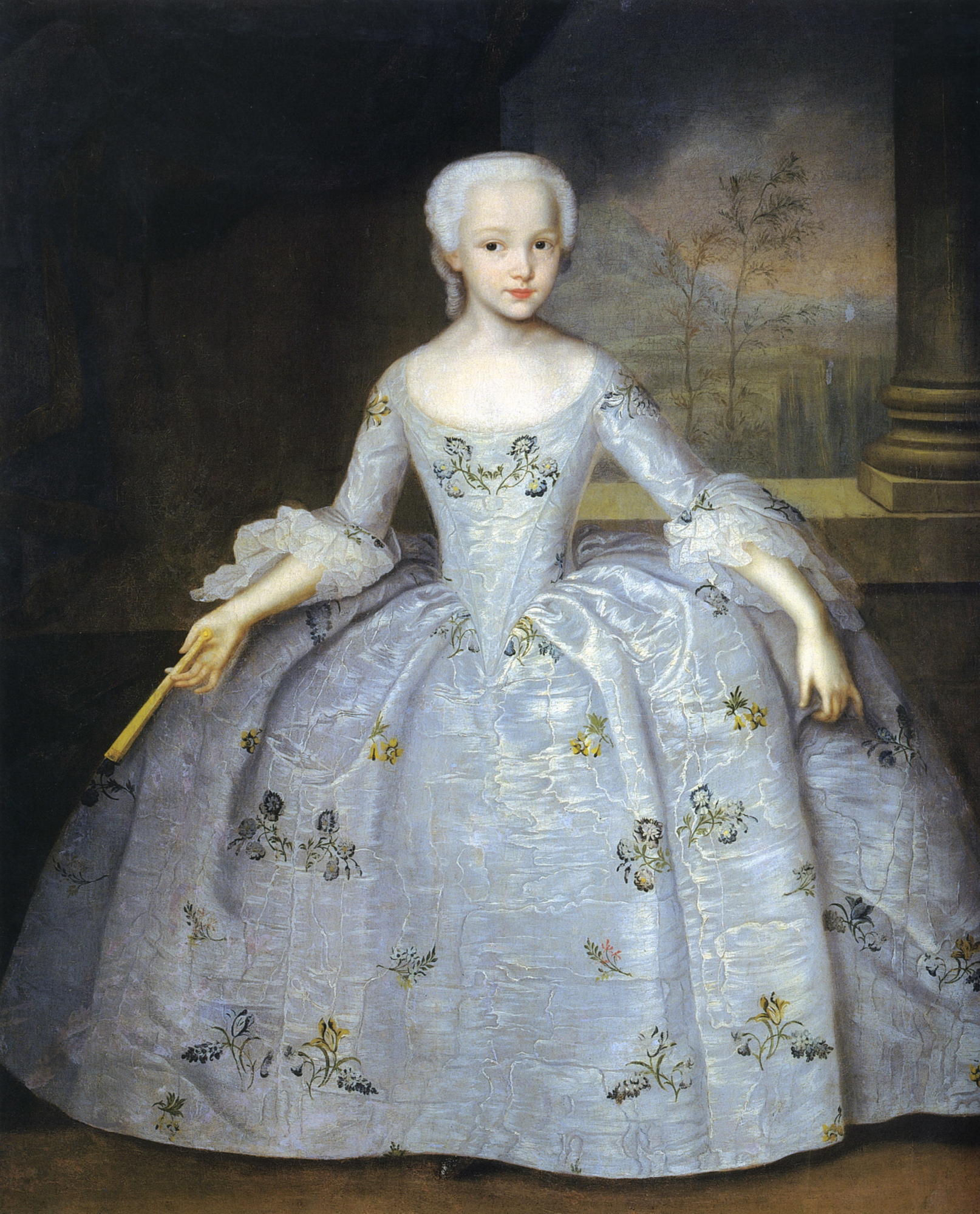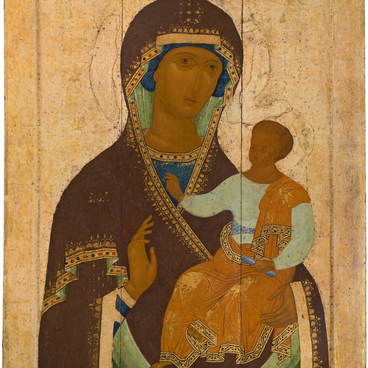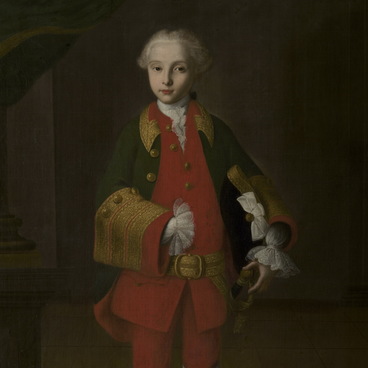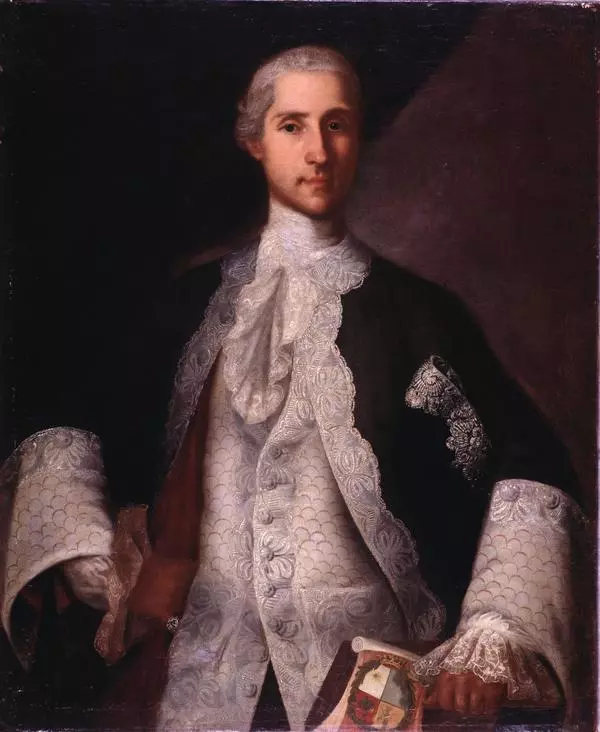Ivan Vishnyakov, a Russian master of the portrait, decorator, and icon painter. He led a team of artists with the Office of Buildings, a state institution which in the 18th century was engaged in development of St. Petersburg and decorative painting of buildings.
1 / 3
Portrait of Sarah Eleanor Fairmore
Время создания
1749 (1750?)
Размер
138x114,5 cm
Техника
Oil on canvas
Коллекция
Выставка
#1

Ivan Vishnyakov.
Portrait of Sarah Eleanor Fairmore
#2
#3
Under Vishnyakov’s supervision, the artists of the Office painted palaces, churches, and theatres. The master himself restored paintings, painted icons and ceremonial portraits. Almost none of Vishnyakov’s works have been preserved. Only a few paintings have survived to our time, among which the portraits of the children of William Fairmore, Head of the Office.
Count William Fairmore was a Russian statesman and military general of the Scottish origin. His long military career began back at the time of Anna Ioannovna and finished under Catherine the Great. He was married to Dorothy Elizabeth Bruce whose ancestors were also from Scotland. They had two children.
#4
Sarah Eleanor Fairmore was born in 1740. In the portrait, she is about ten years old. According to the tradition of the Elizabethan epoch, children were depicted as little adults. Sarah looks like a grown up lady in a full-skirted low-cut dress of a lady-in-waiting with a fan in her hand, her hair powdered and waved.
#5
The background of the painting is typical of an 18th century formal ceremonial portrait — heavy drapery, an antique column, a balustrade and a conventional spring landscape. By depicting dawn, the artist might have wanted to emphasize the beginning of his character’s life.
The rich dress, the ceremonial posture and gracefully held arms indicate the exquisite and mannerist style of rococo prevalent in Elizabeth Petrovna’s court. At the same time, there come across some awkwardness and a slightly tensed expression on the girl’s face.
#6
In working on their paintings, 18th century artists often drew on the examples of Western masters. When painting Sarah Fairmore, Ivan Vishnyakov might have been inspired by the portrait of Isabella of Parma by Jean-Marc Nattier who was popular in Russia at the time. Vishnyakov had not travelled abroad but he could have seen a print from the original.
Jean-Marc Nattier (1685–1766). Isabella of Parma as a Child. 1749. Oil on canvas. Versailles Palace.
#7
In the second half of the 1750s, Vishnyakov also painted a portrait of Sarah’s younger brother William George Fairmore. Later, William married the daughter of Colonel Ludolf von Albrecht. They did not have children and both Fairmore portraits were passed on from generation to generation within the Albrecht family. In 1907, the family sold the paintings to the Russian Museum.
Ivan Vishnyakov. Portrait of William George Fairmore. Oil on canvas. Second half of the 1750s. The State Russian Museum
#8
State Russian Museum
читать дальшескрыть
00:00
00:00
1x
Portrait of Sarah Eleanor Fairmore
Время создания
1749 (1750?)
Размер
138x114,5 cm
Техника
Oil on canvas
Коллекция
Выставка
Открыть в приложении
Поделиться









